The medical devices-reimbursement market in the US is characterized by a dynamic competitive landscape, driven by innovation, regulatory changes, and evolving healthcare needs. Major players such as Medtronic (US), Boston Scientific (US), and Abbott Laboratories (US) are at the forefront, each adopting distinct strategies to enhance their market positioning. Medtronic (US) focuses on digital health solutions, integrating advanced technologies into its product offerings, while Boston Scientific (US) emphasizes strategic partnerships to expand its portfolio in minimally invasive therapies. Abbott Laboratories (US) is leveraging its strong R&D capabilities to introduce cutting-edge devices, thereby enhancing its competitive edge. Collectively, these strategies contribute to a robust competitive environment, fostering innovation and improving patient outcomes.
Key business tactics within this market include localizing manufacturing and optimizing supply chains to enhance efficiency and reduce costs. The competitive structure appears moderately fragmented, with several key players exerting influence over various segments. This fragmentation allows for niche players to thrive, while larger companies leverage their scale to dominate in specific areas. The interplay between these dynamics shapes the overall market, as companies strive to differentiate themselves through unique value propositions.
In October 2025, Medtronic (US) announced a strategic partnership with a leading telehealth provider to enhance remote patient monitoring capabilities. This move is significant as it aligns with the growing trend towards digital health solutions, enabling Medtronic (US) to offer integrated care models that improve patient engagement and outcomes. Such partnerships are likely to enhance Medtronic's (US) competitive positioning in the reimbursement landscape, as payers increasingly favor solutions that demonstrate value through improved patient management.
In September 2025, Boston Scientific (US) launched a new line of cardiac devices designed to reduce hospital readmissions. This initiative reflects the company's commitment to addressing healthcare cost pressures and aligns with reimbursement trends favoring value-based care. By focusing on outcomes that reduce the overall burden on healthcare systems, Boston Scientific (US) positions itself favorably in negotiations with payers, potentially leading to improved reimbursement rates.
In August 2025, Abbott Laboratories (US) expanded its product line with the introduction of a novel diabetes management device that integrates AI for personalized treatment plans. This strategic move not only showcases Abbott's (US) commitment to innovation but also addresses the increasing demand for technology-driven solutions in chronic disease management. The integration of AI is likely to enhance the device's appeal to both healthcare providers and payers, as it promises improved patient adherence and outcomes.
As of November 2025, current trends in the medical devices-reimbursement market are increasingly defined by digitalization, sustainability, and the integration of AI technologies. Strategic alliances are becoming more prevalent, as companies recognize the need to collaborate to enhance their offerings and address complex healthcare challenges. Looking ahead, competitive differentiation is expected to evolve, with a shift from price-based competition towards innovation, technological advancements, and supply chain reliability. This transition underscores the importance of delivering value through improved patient outcomes and operational efficiencies.



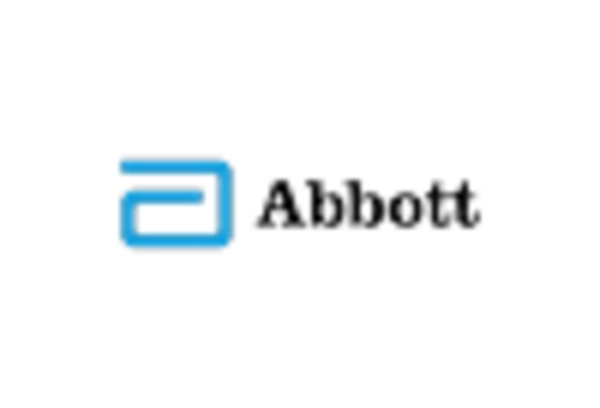
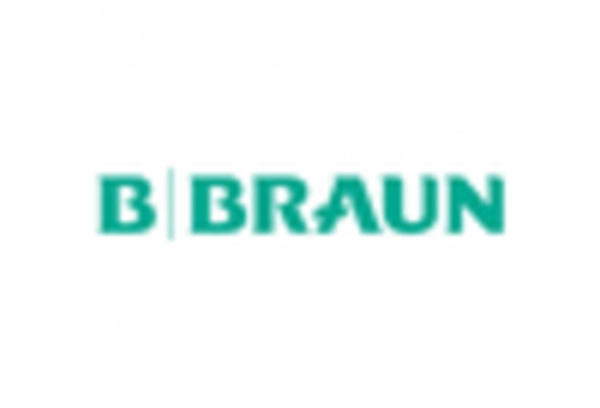
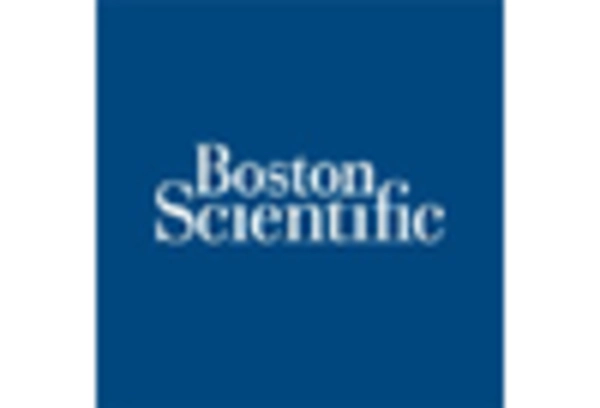
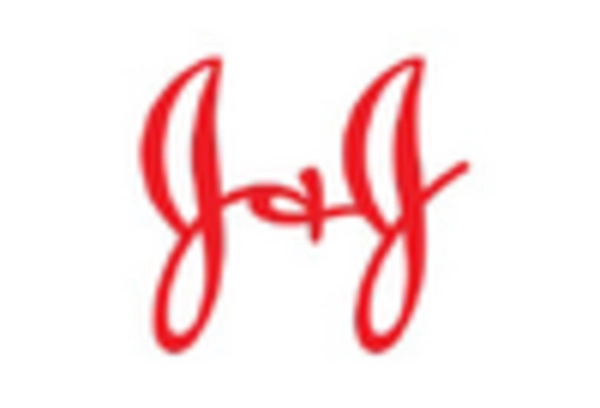

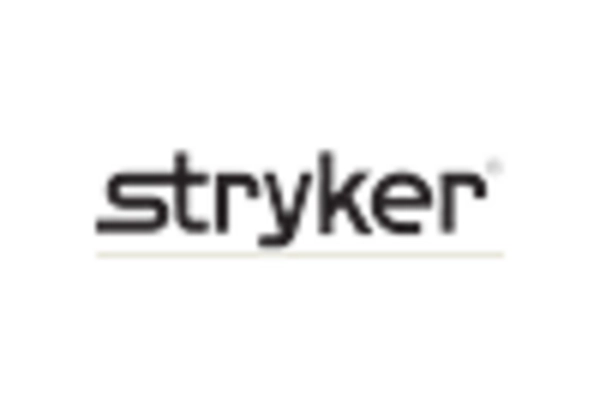








Leave a Comment